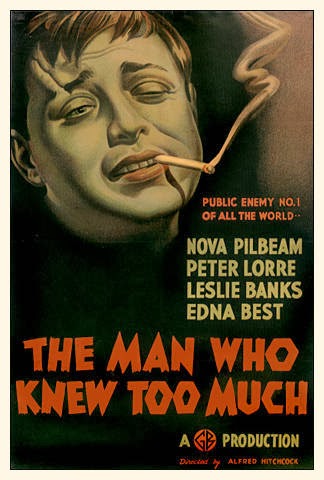☆ ☆ ☆ ☆
A
Star is Born (1954) – G. Cukor
Rather gruelling at 3 hours long and due
to the subject matter: an alcoholic movie star (James Mason) on his way down
meets and grooms a young singer (Judy Garland) to become a new star of Hollywood
musicals. Of course, this is a remake of the famous 1937 version starring
Frederic March and Janet Gaynor – the earlier script won an Oscar and there are
strong echoes of it here, even if the story has been transposed into a musical. Mason is professional and feels authentic
(brutally touching in his helpless self-loathing) even as Garland seems
vulnerable and always on the verge of seeing herself in the Mason role. She
glues us to the screen with her dramatic and emotional singing style, even though
some of the songs are a bit boring. Cut
from 180 minutes to 154 after its initial release, most of the missing footage
was found and replaced in a restoration, although some scenes are replaced by
stills. Some “real” and compelling moments here where you can see through the
varnish into the souls of the characters (if not the actors) but these moments
are strewn throughout the film’s length, many coming at the end.







